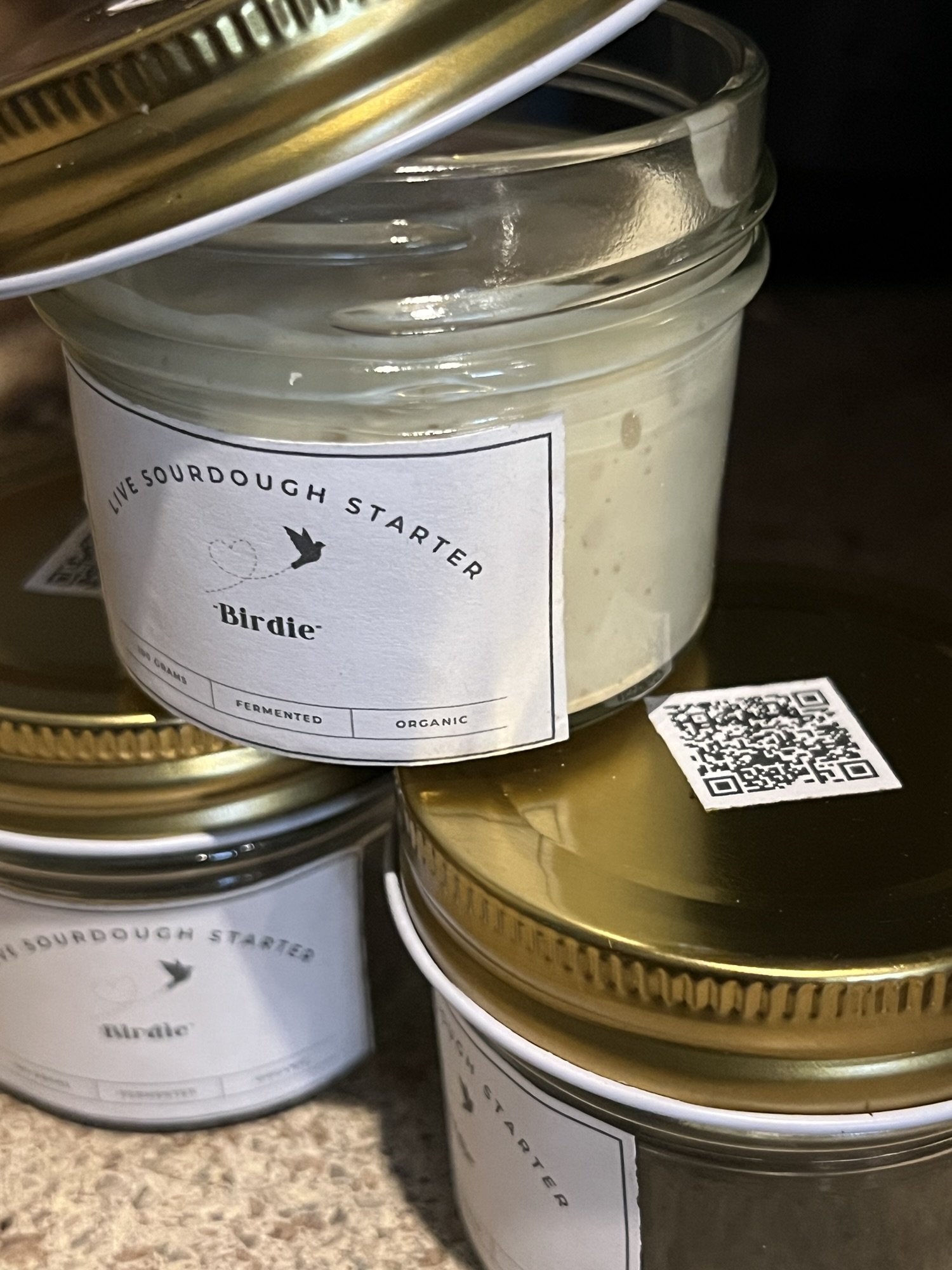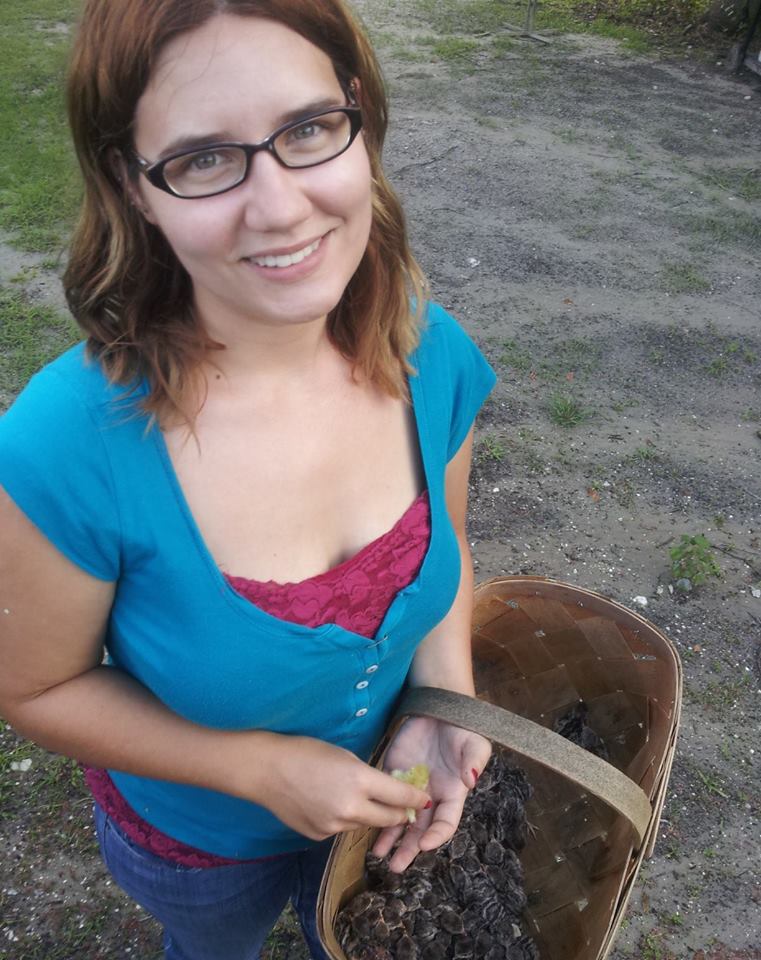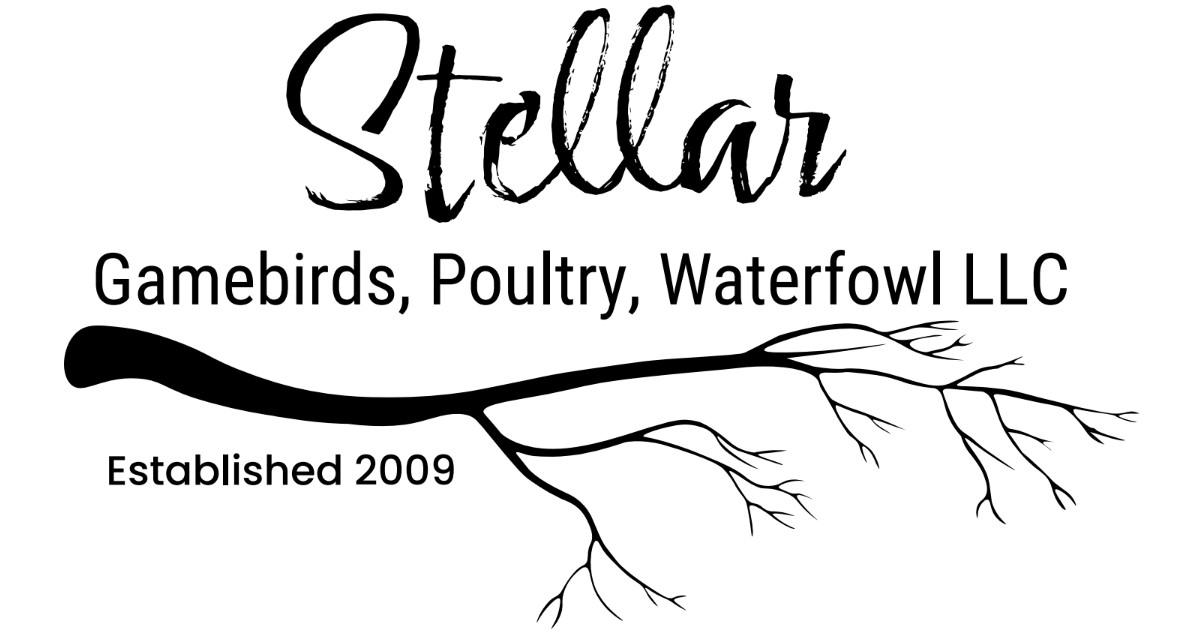Rediscovering the art of rendering lard offers not just a superior cooking fat but also a way to honor the heritage breeds that were once integral to homestead life. In this article, we’ll explore the importance of using heritage pig breeds for lard, the rendering process, and the many uses of this golden fat.
Why Heritage Pigs?
Heritage pigs, such as the Gloucestershire Old Spots we raise on the farm, are renowned for their rich fat content. Unlike commercial pigs, this breed is prized for their ability to produce a more flavorful, nutrient-dense lard, which is perfect for both cooking and baking. Additionally, supporting heritage breeds helps preserve genetic diversity and promotes sustainable farming practices.
Preparing the Fat:
- Sourcing the Fat:
- For the best results, source your fat from a reputable farm that raises heritage pigs on a natural diet. The leaf fat, found around the kidneys, is considered the highest quality for lard. Back fat can also be used, though it may have a slightly porkier flavor.
- Trimming and Cleaning:
- Start by trimming away any meat or blood from the fat. It’s essential to have clean, pure fat to avoid off-flavors in your lard. Cut the fat into small, even pieces to ensure it renders evenly.
The Rendering Process:
- Low and Slow:
- Place the fat in a heavy-bottomed pot or slow cooker. Add a small amount of water (about ¼ cup per pound of fat) to prevent burning. The key is to render the fat slowly at a low temperature (around 250°F/120°C). This process can take several hours, so patience is essential.
- Straining the Lard:
- As the fat melts, it will separate from the cracklings (the solid pieces left behind). Once the fat is fully rendered, strain it through a cheesecloth or fine-mesh sieve into a clean, heat-proof jar.
- Cooling and Storing:
- Allow the lard to cool at room temperature. It will solidify into a creamy, white consistency. Store your rendered lard in the refrigerator for several months or freeze it for longer-term storage.
Uses for Rendered Lard:
Rendered lard from heritage pigs is incredibly versatile. Use it in pastry doughs for an ultra-flaky crust, for frying foods to achieve a superior crispiness, or as a base for sautéing vegetables. Lard can also be whipped into soaps or used as a nourishing skin balm.
Rendering lard from heritage pigs is a rewarding process that offers a sustainable, high-quality product for your kitchen. Whether you’re baking, frying, or exploring traditional recipes, this golden fat will bring a touch of heritage and flavor to your culinary creations.
Supplies Needed for Rendering Lard
Rendering lard at home is a simple process, but you’ll need a few essential supplies to get started. Here’s what you’ll need:
- Pork Fat: The key ingredient for rendering lard. Leaf fat (from around the kidneys) or back fat are the best options.
- Sharp Knife: For trimming the fat into small pieces. The smaller the pieces, the faster and more evenly the fat will render.
- Cutting Board: A sturdy cutting board to safely chop the fat.
- Large, Heavy-Bottomed Pot or Slow Cooker: A pot with a thick bottom or a slow cooker works best for rendering lard. These help maintain a consistent, low temperature to slowly melt the fat without burning it. I like to use the traditional crock pot but I also like my Instant Pot Pro.
- Wooden Spoon: For stirring the fat as it melts.
- Thermometer (optional): To ensure the temperature stays low and steady (around 200°F or 93°C) to prevent burning. I tend to use candy thermometers as they are strong and handle all my cooking.
- Cheesecloth or Fine Mesh Strainer: To strain out any impurities or bits of meat that might be in the fat. I personally love the Kouton’s brand as it’s all national and chemical free. I like to put it over a strainer for easier cleaning. If you need more strainers, you can get them for great prices.
- Heatproof Bowl or Jar: For collecting the rendered lard after straining. A heat proof bowl is what I use to save on washing jars.
- Storage Containers: Glass jars or other airtight containers are ideal for storing the lard once it’s cooled.
- Labels: For marking the date on your storage containers. The dissolvable labels are great as you can reuse jars and the labels dissolve when you wash and you can stick a new label, making your canned product brand new.
These supplies will help you render lard efficiently, producing a clean, pure fat that’s perfect for cooking, baking, or preserving food.









